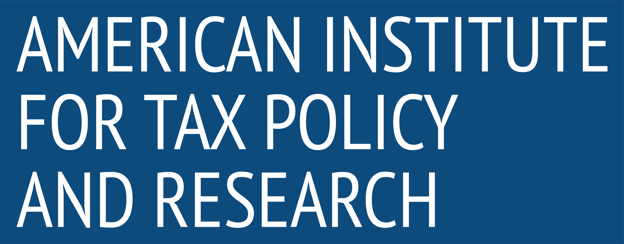AITPR White Paper on Tax Reform Proposals and Their Economic Impact
Tax reform is a critical component of economic policy, shaping government revenue, business incentives, and individual financial well-being. This white paper examines key proposals for reforming the U.S. tax system, their potential effects on revenue, economic growth, and distributional equity.
1. Individual Income Tax Reforms
1.1 Simplification of Tax Brackets
Proposal: Reduce the number of tax brackets from seven to four to simplify the tax code.
Impact: Could make filing easier for taxpayers while potentially lowering administrative costs. However, revenue effects depend on rate adjustments.
1.2 Expansion of Standard Deduction
Proposal: Increase the standard deduction to further reduce taxable income for low- and middle-income earners.
Impact: Could provide tax relief to millions but may reduce government revenue unless offset by limiting itemized deductions.
1.3 Adjustment of Capital Gains Tax
Proposal: Align capital gains tax rates with ordinary income tax rates to close tax loopholes.
Impact: Increases tax revenue but may discourage investment.
2. Corporate Tax Reforms
2.1 Adjusting Corporate Tax Rates
Proposal: Reduce corporate tax rates from 21% to 18% to encourage domestic investment.
Impact: Expected to stimulate business growth but could increase deficits if not paired with revenue-raising measures.
2.2 Implementing a Minimum Corporate Tax
Proposal: Establish a 15% minimum tax on large corporations' book income.
Impact: Prevents tax avoidance strategies but could slightly dampen business expansion.
2.3 R&D Tax Credit Expansion
Proposal: Increase tax incentives for research and development (R&D).
Impact: Encourages innovation and technological advancement but may reduce short-term revenue.
3. Payroll and Social Security Tax Reforms
3.1 Raising the Payroll Tax Cap
Proposal: Remove the earnings cap on Social Security payroll taxes to ensure long-term solvency.
Impact: Raises substantial revenue but increases tax burdens on high-income earners.
3.2 Payroll Tax Reduction for Low-Income Workers
Proposal: Reduce payroll tax rates for workers earning under $50,000 per year.
Impact: Increases disposable income but requires alternate funding for Social Security and Medicare.
4. Consumption and Wealth Tax Proposals
4.1 National Sales Tax Implementation
Proposal: Replace income taxes with a national sales tax of 10-15%.
Impact: Simplifies tax collection but disproportionately affects lower-income individuals.
4.2 Wealth Tax on Ultra-High Net Worth Individuals
Proposal: Introduce a 2% annual tax on net assets exceeding $50 million.
Impact: Generates new revenue but may encourage capital flight or tax avoidance.
5. State and Local Tax Reforms
5.1 Limiting the State and Local Tax (SALT) Deduction
Proposal: Cap SALT deductions at $10,000 permanently.
Impact: Raises federal revenue but impacts taxpayers in high-tax states.
5.2 Property Tax Relief Measures
Proposal: Expand property tax credits for seniors and low-income homeowners.
Impact: Provides targeted relief but may reduce state and local government revenue.
6. Economic and Revenue Considerations
Revenue Neutrality: Many tax reforms need offsetting measures to avoid deficit increases.
Distributional Impact: Evaluating who benefits and who bears the burden of changes.
Long-Term Growth vs. Short-Term Costs: Balancing immediate revenue needs with long-term economic expansion.
Conclusion
Tax reform is a balancing act between economic growth, fairness, and fiscal responsibility. Policymakers must consider trade-offs when designing tax legislation that enhances efficiency while ensuring sustainable government revenue. The American Institute for Tax Policy and Research continues to analyze and propose informed, data-driven tax policy solutions.


